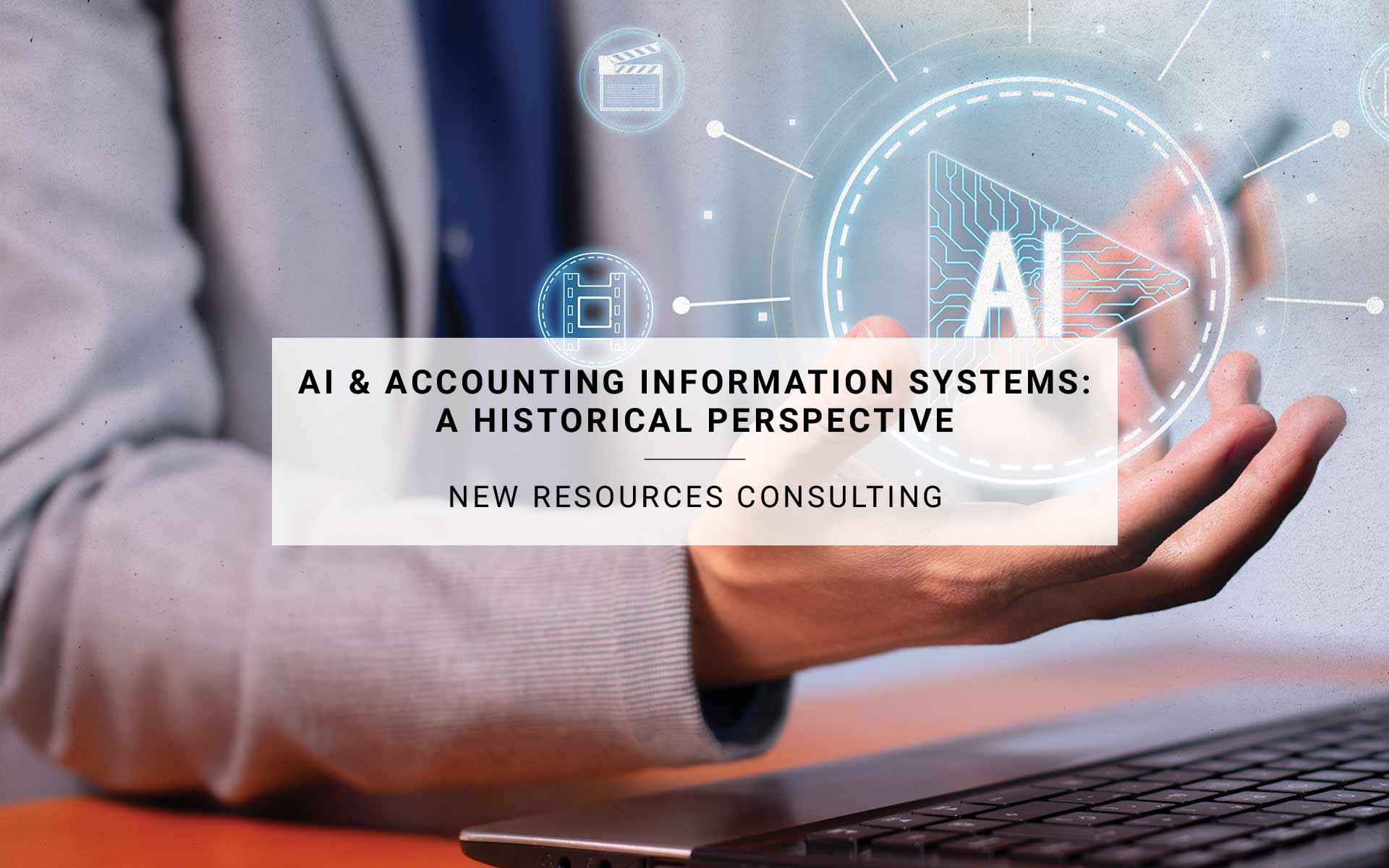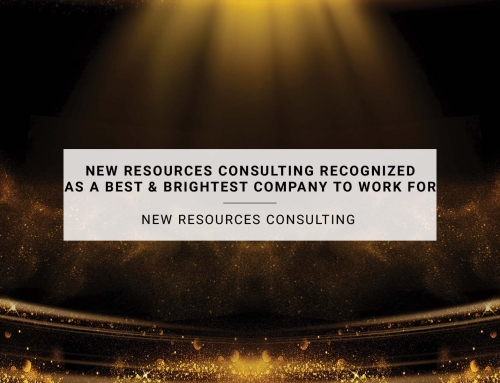People are rightly agitated about the onset of emerging technology, particularly that elusive subset we categorize as Artificial Intelligence (AI). There’s no denying that AI is poised to overhaul the accounting field, just as it will numerous others. It’s accurate to state that AI introduces changes of an unprecedented nature—in pace, scope, and security. Yet, there’s an argument to be made that the principles of accounting form roots much stronger than any invasive species that might vex them. In simpler terms, technological advancements are hardly novel to Accounting Information Systems.
There are earlier eras of technological upheaval in the realm of accounting. Picture Luca Pacioli overlooking the serene waters of old Venice. His contemporaries, those diligent merchants and traders, grapple with the adoption of a novel double-entry accounting system as expounded in his Summa de Arithmetica, Geometria, Proportioni et Proportionalità. This system, while advantageous (efficiency, accuracy, a novel method for error detection via the offsetting DRCR)—met resistance. It estranged those who clung to old methods and faced the ire of the unenlightened. We might imagine Pacioli rebutting their objections with a timeless assertion technological change is an eternal constant.
Indeed, Pacioli could have pointed out a precedent the advent of Arabic numerals, the very foundation upon which his double-entry system was constructed. Before Al-Khwarizmi and Fibonacci championed the superiority of Arabic numerals, the cumbersome Roman ones reigned supreme. These Arabic numerals, so much more conducive to calculation with their base-10 system—conveniently aligned with our ten fingers—offered the invaluable concept of zero. Zero, both a placeholder and a number in its own right, drastically reduced cognitive load and facilitated the advent of decimal fractions. The efficiencies of Arabic numerals were further amplified by mechanical aids like abacuses and counting boards, which outmoded the primitive tally sticks. One could marvel at the continuity of the epic narrative from the rigidity of Roman numerals to the fluidity of Arabic numerals, from tally sticks to counting boards, from single-entry ledgers to the refined double-entry system, and onward to its eventual embodiment in electronic spreadsheets, accounting software, and expansive ERP systems.
So, are the latest automation technologies, including AI, reshaping Accounting Information Systems? Undoubtedly. Yet, one must recognize that change itself is hardly a stranger to the accounting profession, even as a conservative ethos continues to be a revered principle. By understanding this lineage of technological progression, we can appreciate that while AI represents the latest chapter in the ongoing story of accounting innovation, it is but a continuation of a long-established tradition of embracing and adapting to new technologies.








